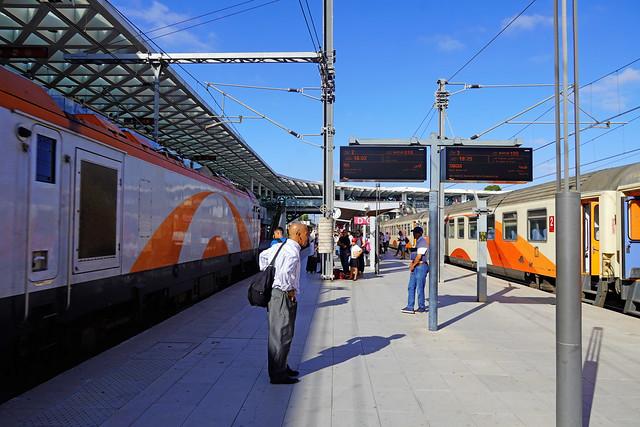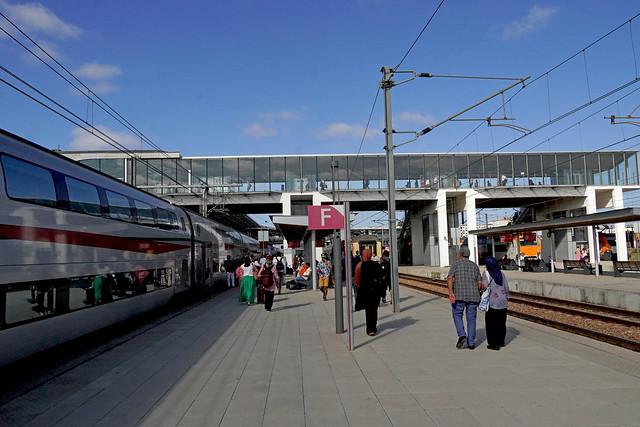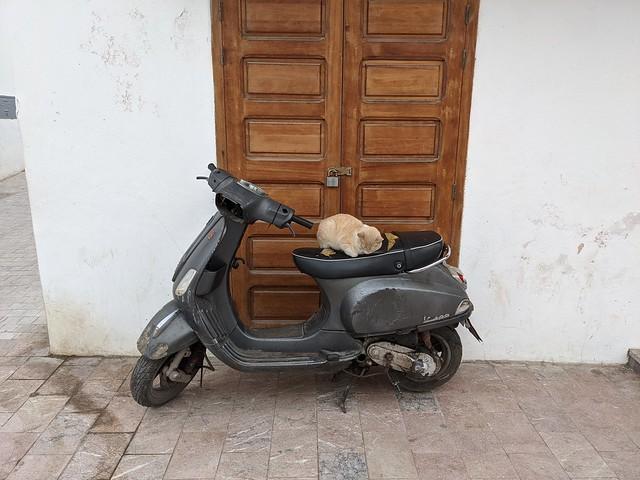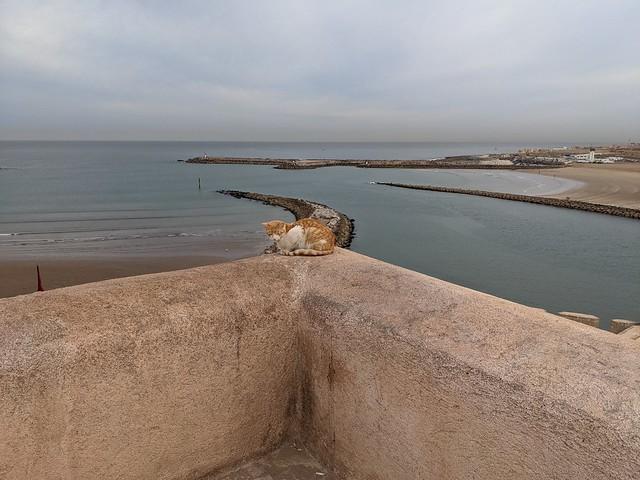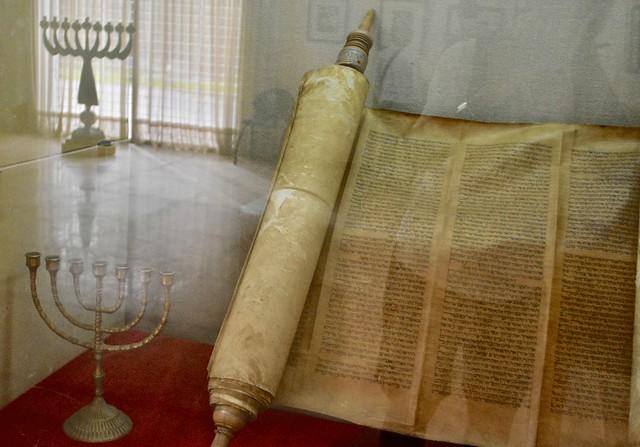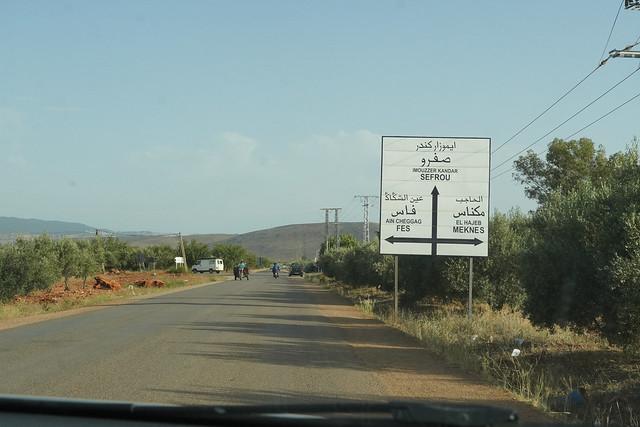Rabat-Salé-Kénitra
Overview
Overview of Rabat-Salé-Kénitra, Morocco
Rabat-Salé-Kénitra, located along the Atlantic Ocean in northwest Morocco, serves as a vibrant cultural and political hub with Rabat as its capital, which is also the capital of Morocco. This region is steeped in history and culture, with a unique blend of modernity and tradition. Visitors can explore the majestic Hassan Tower, the picturesque Kasbah of the Udayas, and the modern Mohammed VI Museum of Modern and Contemporary Art. Each city in the region has its own charm, from the serene beaches of Salé to the bustling markets of Kenitra. The blend of Arabic, French, and indigenous influences is evident in the local cuisine, architecture, and daily life, making it a fascinating destination for those interested in experiencing a rich cultural mosaic.
Best Time to Visit and Activities
The high season for tourism in Rabat-Salé-Kénitra is during the spring (April to June) and autumn (September to November) months when the weather is most pleasant—warm, but not excessively hot, with little rainfall. These seasons are ideal for exploring the ancient ruins, enjoying the sandy beaches, and participating in local festivals. Outdoor enthusiasts can enjoy activities such as surfing in the Atlantic, golfing at one of the region’s premier courses, or hiking in the nearby natural reserves. Cultural festivals during these periods also offer a deep dive into the region's traditions and arts, providing an immersive experience for visitors.
Preparation Tips for Travelers
Before visiting Rabat-Salé-Kénitra, travelers should prepare appropriately to make the most of their trip. It is advisable to pack clothing that is both respectful of the local culture and suitable for the variable weather, including light layers for the day and something warmer for cooler evenings. Learning a few phrases in Arabic or French can be incredibly helpful, as both languages are widely spoken here. Additionally, securing travel insurance, familiarizing oneself with local customs and etiquette, and preparing for different modes of local transportation will enhance the travel experience. Lastly, ensure that all travel documents are up to date, and check if any visas are required for entry into Morocco.
How It Becomes to This
History not available
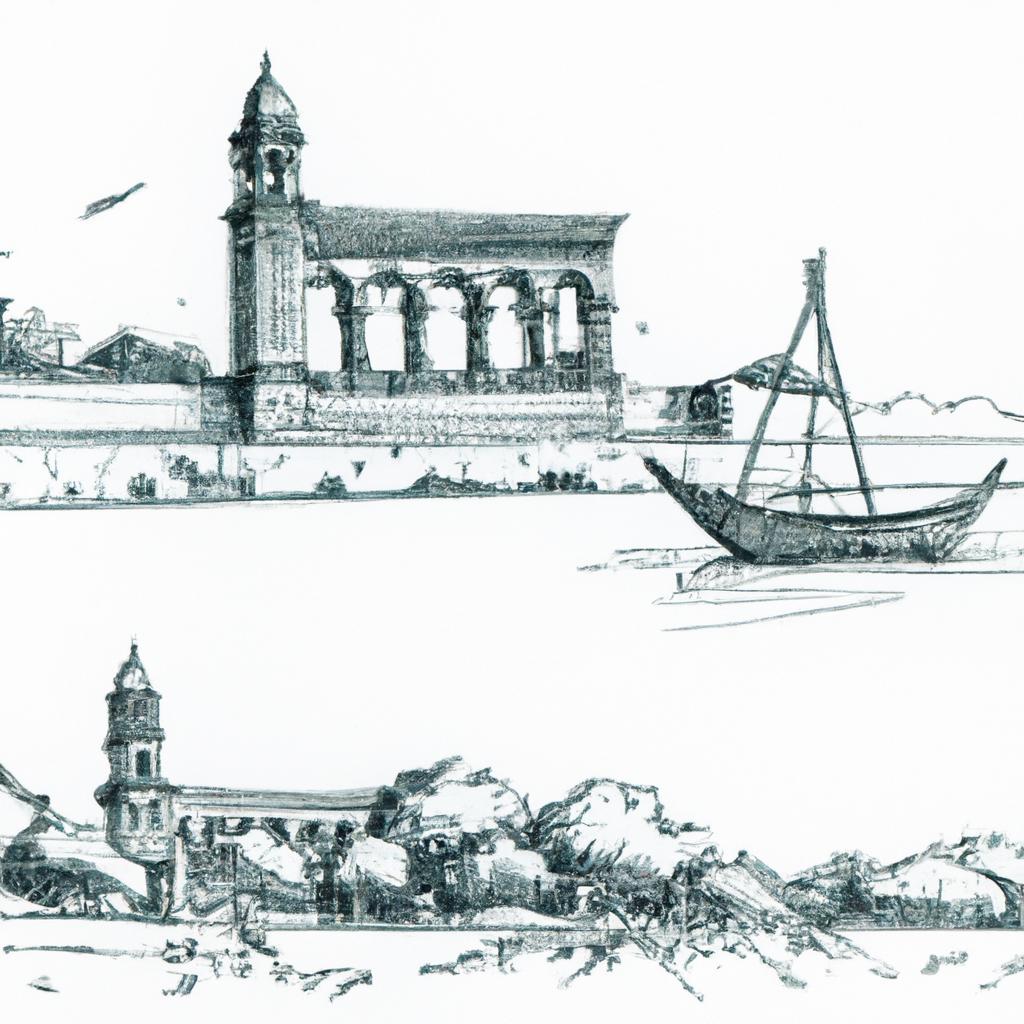
You May Like
Explore other interesting states in Morocco


